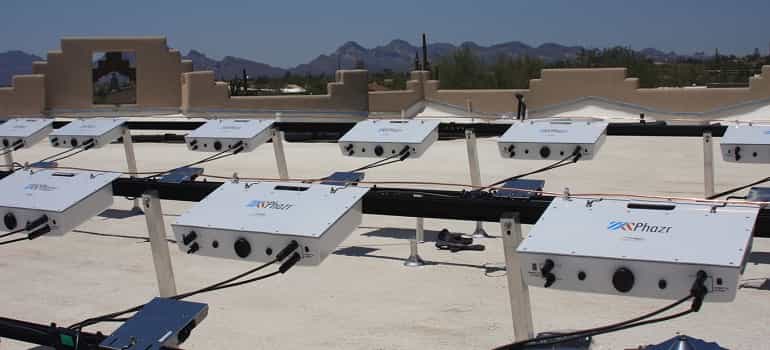
JLM Energy has installed and commissioned more than a dozen residential Phazr MicroStorage plus solar projects in locations throughout the greater Phoenix metropolitan area in both Salt River Project (SRP) and Arizona Public Service (APS) territories.
In SRP territory, customers can avoid peak demand charges by using energy storage to shave peaks when demand spikes. Demand charges are calculated on the most intense 30-minute period of energy use during the monthly billing cycle. In APS territory, the challenge is time-of-use charges. APS charges more for energy used during peak hours of the late afternoon and evening, when people are at home relying on the grid. These customers use energy storage for what is called, “consumer self-supply.”
ALSO READ: IFC invests USD 15 million in CleanMax Solar, bets on green power
No matter what the strategy, JLM Energy’s software Measurz optimizes and controls when the solar energy should go into the batteries, directly into the home for immediate use, or back to the grid for net metering credit. The algorithms in the software are set to make the best deal for the customer based on their energy use profile and utility tariff structure. The user-friendly interface makes it easy for customers to track their energy use, savings and expenditures with second-by-second data.
“We are extremely pleased that Phazr is performing well in Phoenix,” said Farid Dibachi, CEO and Founder of JLM Energy. “Phazr optimizes solar production by discharging power at the most valuable time. Not only can customers save money, they can protect their investment with the ability to adjust to any future rate change the utility makes.”
“We are absolutely focused on the satisfaction of our early customers and ensuring that they have a positive customer experience with JLM,” said Dibachi.
Homeowners interested in purchasing Phazr can contact JLM Energy via the website to find an approved installation partner.

